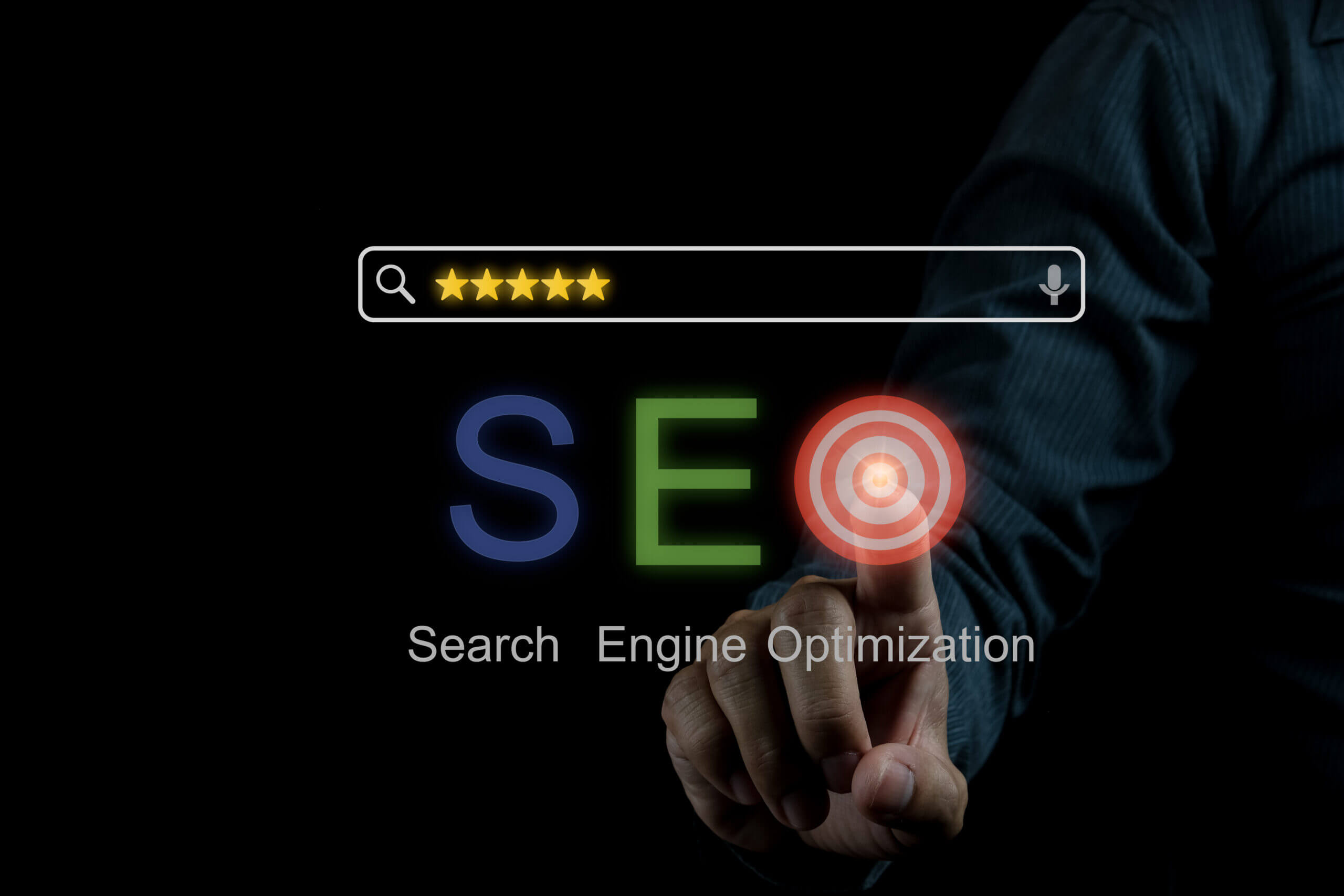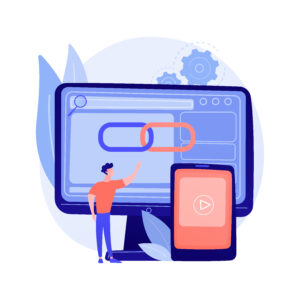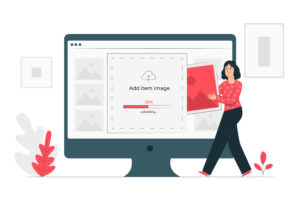
- May 26, 2020
- 6 min read
- Tips & Info
SEO stands for Search Engine Optimisation. It’s the practice of improving a website for search engines (Google, Bing…), in order to increase the quality and quantity of organic (non-paid) traffic to your site.
People tend to click on the first page of the search results, and this is where your website needs to be positioned.
Table of Contents
But, how does it work?

Well, Google, and other search engines, will constantly scan web pages contents using what we call ‘crawlers’. And gather up all the information about the content of each page. Once your pages have been scanned, they will be indexed into Google’s database.
It kind of works like a library. When indexing the pages, Google will try and find the best words/expressions that describe the content, they are keywords. So, when someone makes a query on Google, the search engine will automatically compare the keywords you have typed, to the ones stored in the database. And, it will deliver the best results to you in a long list.
That’s why you need to understand what SEO is, and how to use it. There are billions of pages on the internet, and when Google looks for the keywords in the database, it will deliver the most relevant results to you. If your keywords are not relevant to the subject, your website probably won’t appear in the search results, or on the first pages.
Best SEO Practices
In this section, I will give you a few tip on how to manage SEO the best way possible. If you need advice do not hesitate to get in touch.
Keywords

As I said earlier, Google will scan your pages to find the content. Then it will figure out the keywords. It will do so by analysing how many times you use certain words.
You will have to choose a keyword phrase (keyphrase), and your content needs to be relevant to it. The best thing to do, is to use your keyphrase in the first paragraph of your content. Also try to use that keyphrase at least twice in your page content.
Write unique content, and do not duplicate what you have already written on other pages. This leads us to the next tip.
Title tags (Headings)
You need to optimise you titles for SEO.
You should use your keyword in your page title (H1 title). Search engines will look for this title and check if the keywords match as well.
But, if you’re not able to use your keyword in the title for aesthetic reasons, make sure you use that keyword as early as you can.
If you can use at least one keyword per title.
And differentiate your title tags. Do not use two H1 tags on the same page. If there are multiple sections, use H2 tags instead.
Use internal links
Internal links are links that refer to another page within your website.
Internal linking will help strengthen some of your keywords. This also allows search engines (and your viewers) to easily navigate through your website, and figure out which page can be relevant to that particular keyword.
Make your images SEO friendly
 Your images have ‘ALT tags’, they are in other terms the name of your image. These ALT tags are useful for SEO, they will help with better ranking. But also for accessibility, if someone uses a screen reader, they will be able to hear what the image actually is.
Your images have ‘ALT tags’, they are in other terms the name of your image. These ALT tags are useful for SEO, they will help with better ranking. But also for accessibility, if someone uses a screen reader, they will be able to hear what the image actually is.
So, make sure all your images have an ALT tag, and try to use the keywords whenever possible.
Also, use a filename that is relevant to what the image is. If you include an image of the Tower of London, you might want to name it: tower-of-london.jpg (Always use dashes instead of underscores).
Do not use non-alpha character ($, %, &…), nor spaces.
Conclusion
You now know what SEO is. And how it will affect your website. I have also given you a few tips on the best practices you should have. Now, just be patient, and follow these instructions.
This can be difficult to do for some people and also time-consuming. So if you need any help do not hesitate to get in touch with me and we will figure something out together.








